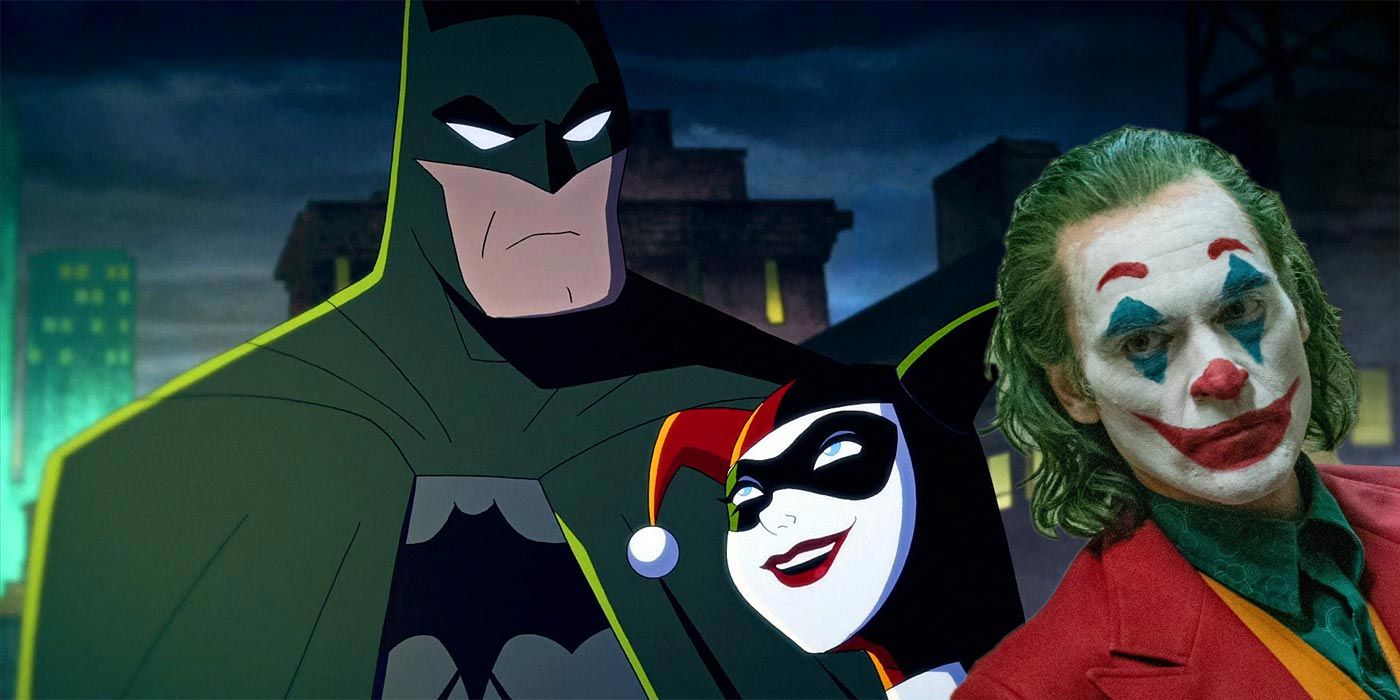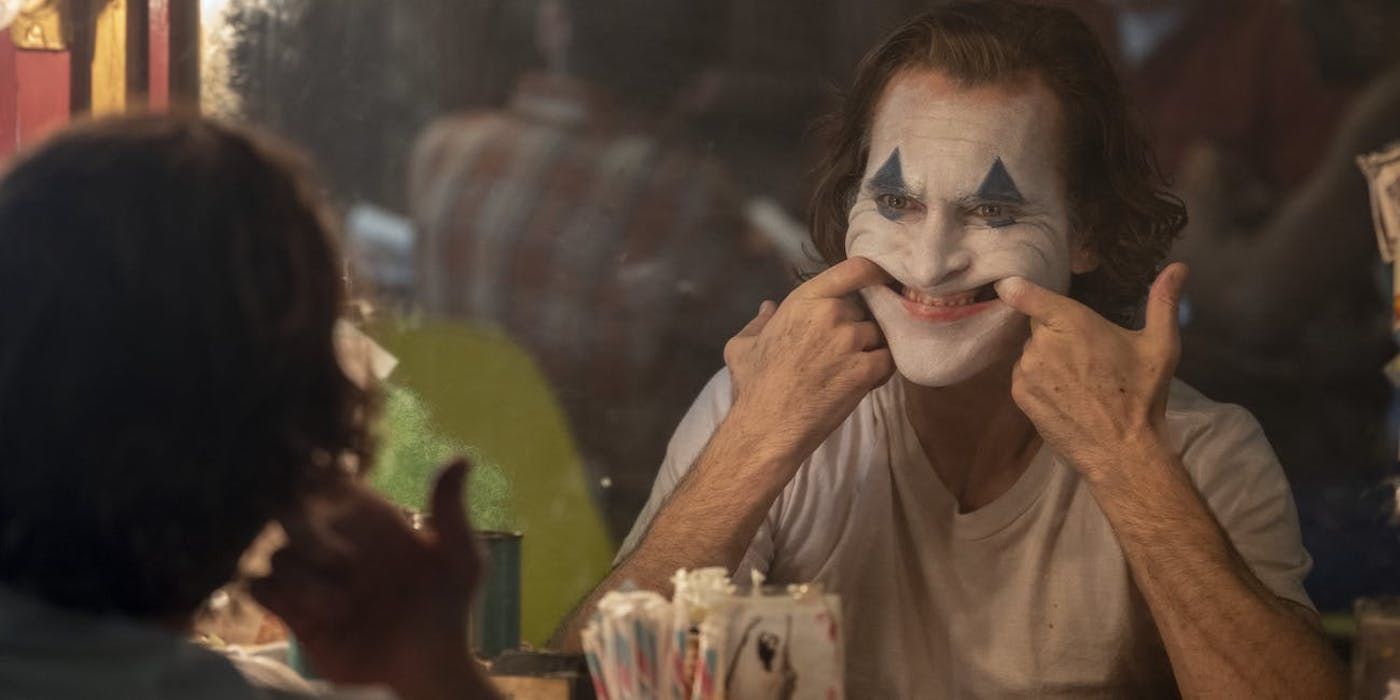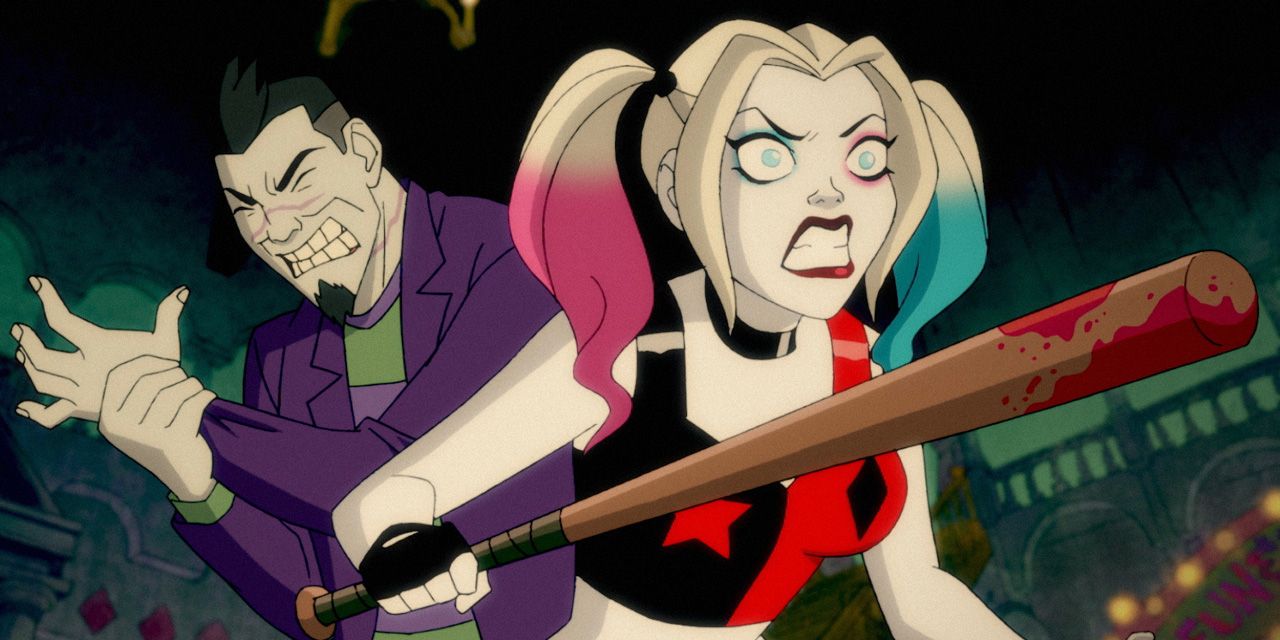With his villains getting the spotlight recently, the world of Batman has been more violent than ever. While the heroic character still thrives as a kid-friendly face for pajamas and toys, the city of Gotham got a whole lot bloodier with the release of Joker and DC Universe's Harley Quinn.
The violent nature of the Dark Knight in the comics has always been present, even when the character is at his silliest. With his debut comics featuring the same fisticuffs and gunplay that would be a signature of Batman stories thereafter, there was never a time where Batman was a squeaky clean pacifist. Even if his punches all cutaway to a "POW!" screen card, there's no denying that Batman (and indeed most superhero stories) revolved around violence to one degree or another.
The main change over time seems to be the shift away from the PG take on characters of Gotham to a more mature one. Joker broke box office records as the most profitable R-rated movie of all time, with the violence standing as the centerpiece to its rating over and above sexually explicit material or language. The imagery and explicit nature of the violence on screen in Joker, invoked moments from comics like The Dark Knight Returns, which was far more brutal than anything Adam West or Burt Ward ever did on the live-action show in the '60s.
Similarly, the new Harley Quinn show cranks the cartoonish bloody violence up to 11. In the very first episode of the series, the titular anti-heroine enacts bloody mayhem on a literal boatload of fodder. The Joker tears off a skin mask he then uses as a hand puppet, with blood dripping down his arms as he mimes the limp lips around. The rest of the debut outing maintains the violent nature and leans in hard to its harsh language and sexually explicit material.
There's no doubting that Harley Quinn is unique and, in certain ways, fulfills a need for some to see such insane characters unfettered and allowed to really explore the ramifications of their actions. In recent years, it's grown increasingly more difficult to take the villains of Gotham seriously as threats when they constantly ignore guns and knives for things like laughing gas. If nothing else the hyper-violent tone of the character's recent iterations in Joker and Harley Quinn set themselves apart as something new to the medium.
However, it's worth considering the impact this could have on the characters' branding considering how integral they are in the pop culture landscape for the younger crowd. Batman has managed to straddle the line between a kid's character and a mature figure in a pretty well-balanced fashion over the years, but whenever he falls too heavily to one side it becomes all the harder for him to exist on the other. Consider the impact the Adam West show had on Batman's reputation before Tim Burton came along, but play that in reverse.
On the other hand, it could be said that the hyper-violence of Joker and Harley Quinn treats its subject matter far more realistically than their kid-friendly counterparts. Rather than numbing children to violence by teaching them its a bloodless and inconsequential thing, these new iterations hammer home the idea that inflicting such violence has a painful impact on others. What's worse, the behavior is psychotic and should be understood as such.
DC Universe's Harley Quinn stars Kaley Cuoco, Lake Bell, Diedrich Bader, Alan Tudyk, Rahul Kohli, Christopher Meloni, Tony Hale, Ron Funches, Wanda Sykes, Natalie Morales, Jim Rash, Giancarlo Esposito, Jason Alexander and J.B. Smoove. New episodes are released on Fridays.



